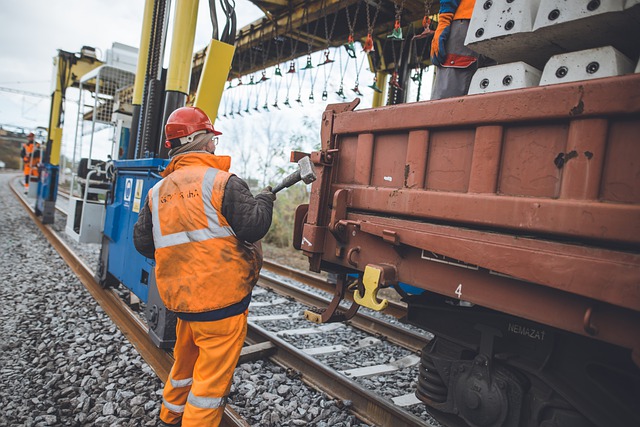
According to the National Safety Council, fatal train accidents in the United States increased by 20% between 2020 and 2021. With roughly 700 railroads operating on approximately 160,141 miles of railroad track in the United States, it is not surprising that train accidents occur quite frequently, often resulting in injuries to railroad workers, pedestrians, and motorists alike.
Types of Train Accidents
There are many different types of railroad accidents, but some of the most common include:
- Derailments: When a train leaves the tracks, it is called a derailment. Derailments can be caused by various factors, including defective tracks, faulty brakes, excessive speed, etc. They often result in serious injuries and fatalities.
- Collisions: Similar to derailments, collisions between two trains can happen for any number of reasons. The immense weight and power of trains colliding can cause incredible damage and typically results in injury and death to railroad workers.
- Grade crossing accidents: These accidents occur when a train hits a vehicle or pedestrian at a grade crossing (where a road crosses railroad tracks). They are often caused by drivers trying to beat the train through the intersection, a lack of safety mechanisms, or poor visibility. Grade crossing accidents can cause serious injuries and fatalities to railroad workers and motorists.
How Frequent Are Train Accidents?
From 1990 to 2021, the Bureau of Transportation Statistics reported 54,539 accidents in which a train derailed. That’s an average of 1,704 derailments per year. During that same period, the Federal Railroad Administration’s Office of Safety Analysis reported nearly 100,000 highway-rail accidents at railroad crossings, averaging 3,122 per year. Many of these accidents resulted in injuries and deaths.
What Are the Common Causes of Train Accidents?
While there are many ways railroad accidents can occur, they are often the result of negligence on the part of the railroad owners. For example, many railroad accidents are caused by defective tracks or equipment. Track owners are responsible for maintaining their tracks and keeping them in a safe condition to operate on. Failing to inspect them properly often can lead to track defects which can cause train derailments and other accidents.
Another cause of railroad accidents is unprotected or unmaintained railroad crossings. A large percentage of railroad crossings in the United States lack adequate warning devices such as lights and gates, and more than half of all railroad accidents occur at unprotected crossings. Even protected railroad crossings can become extremely dangerous if the signals malfunction or obstacles block a driver’s view.
Mechanical failure and defective parts can also cause train accidents. Trains are large machines with complex systems and many moving parts. All of the different systems must work together perfectly to provide locomotive and electric power. If a piece of guidance equipment (such as a rail switch) or safety equipment (such as a rail signal) fails because it is not properly maintained, it can cause a deadly accident. In addition, fatigue from long hours and strenuous working conditions can contribute to accidents.
Holding Railroad Corporations Accountable
Train accidents can have devastating consequences for those involved, not only for the victims but also for their families, who must cope with the emotional trauma caused by such incidents. Railroad companies have a responsibility to maintain their tracks, equipment, and crossings so that their employees and the public are safe. Companies that fail to take proper safety precautions should be held liable for any resulting injuries or fatalities. If you or a loved one have been hurt in a railroad accident, call us today for a free consultation.





